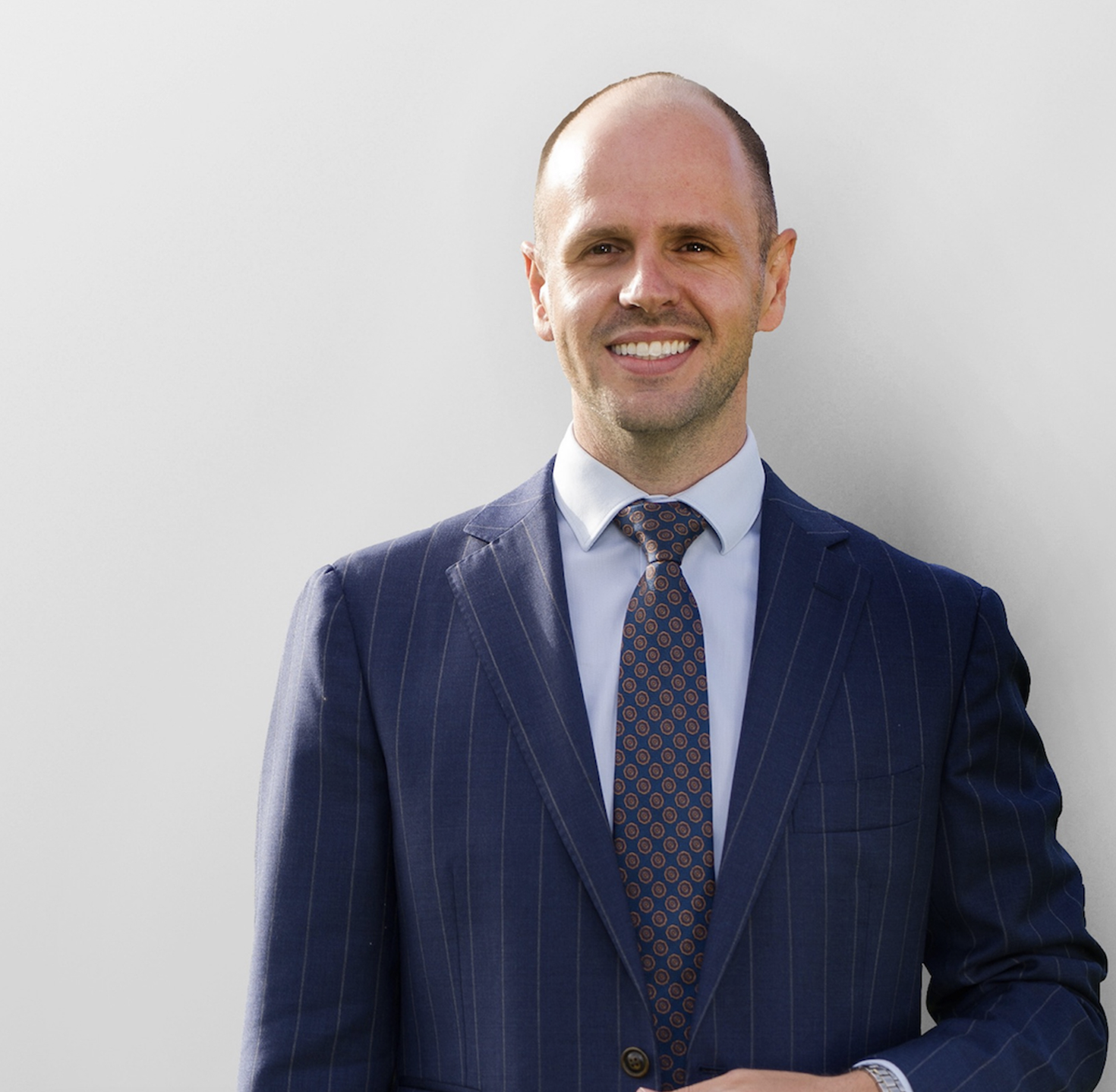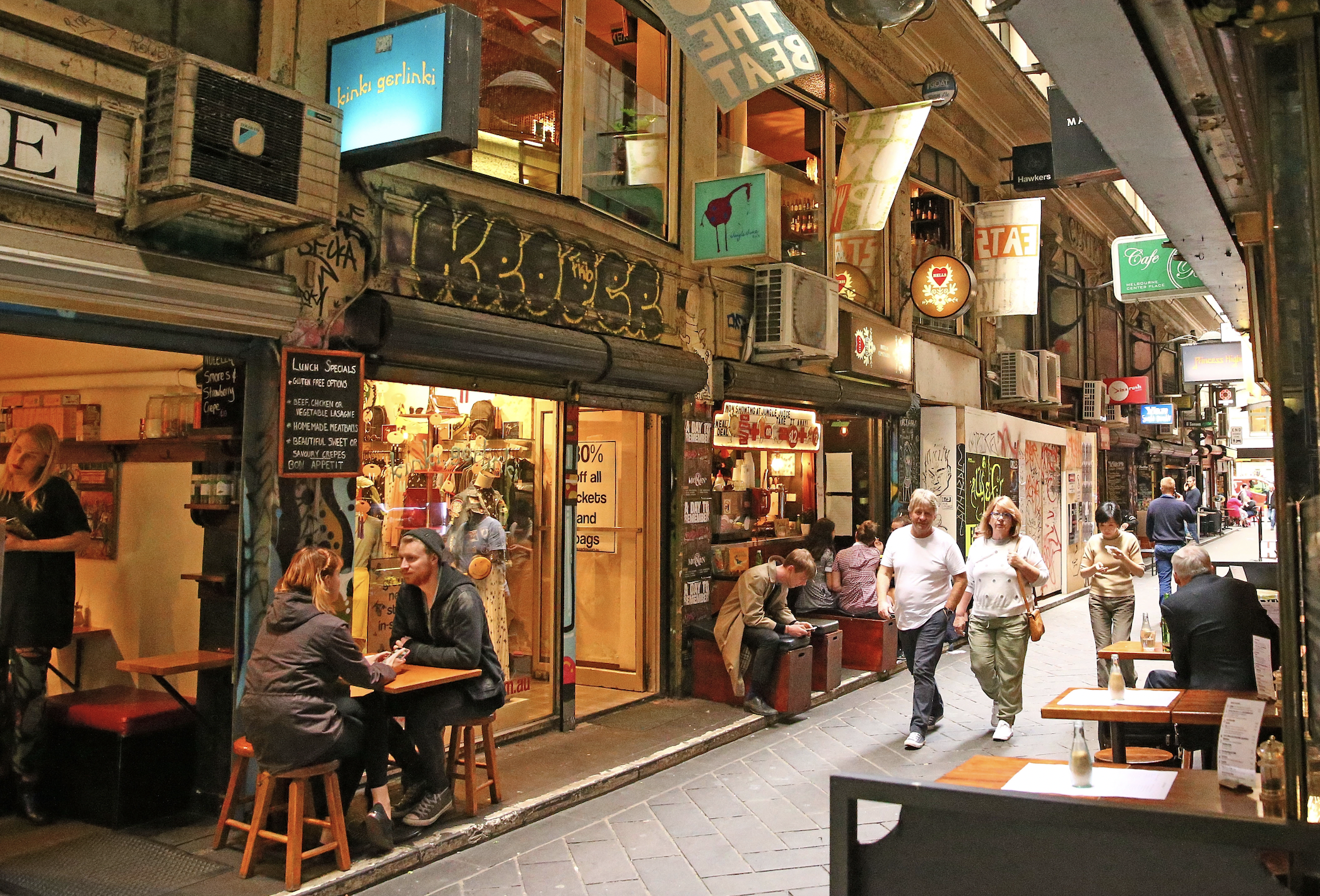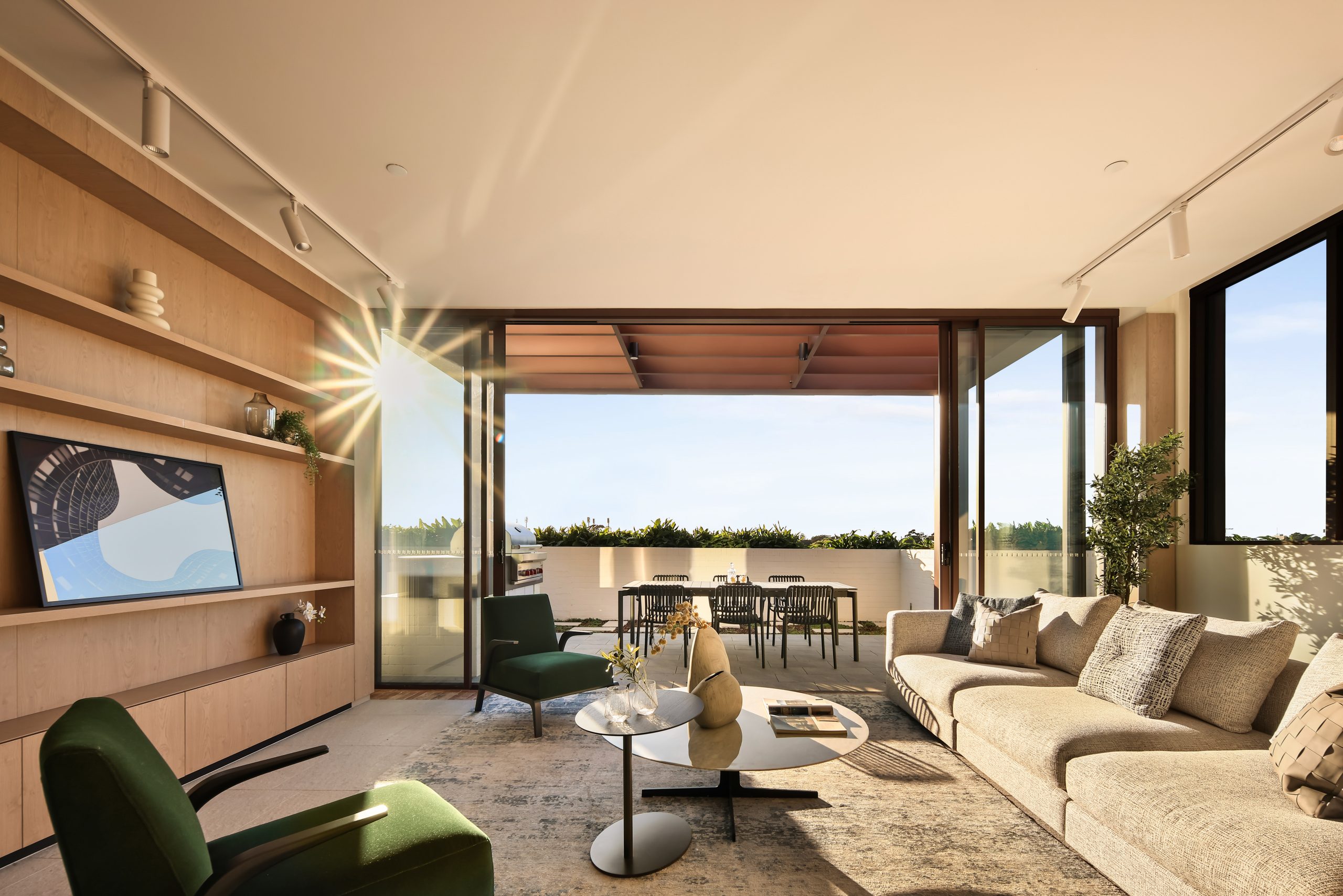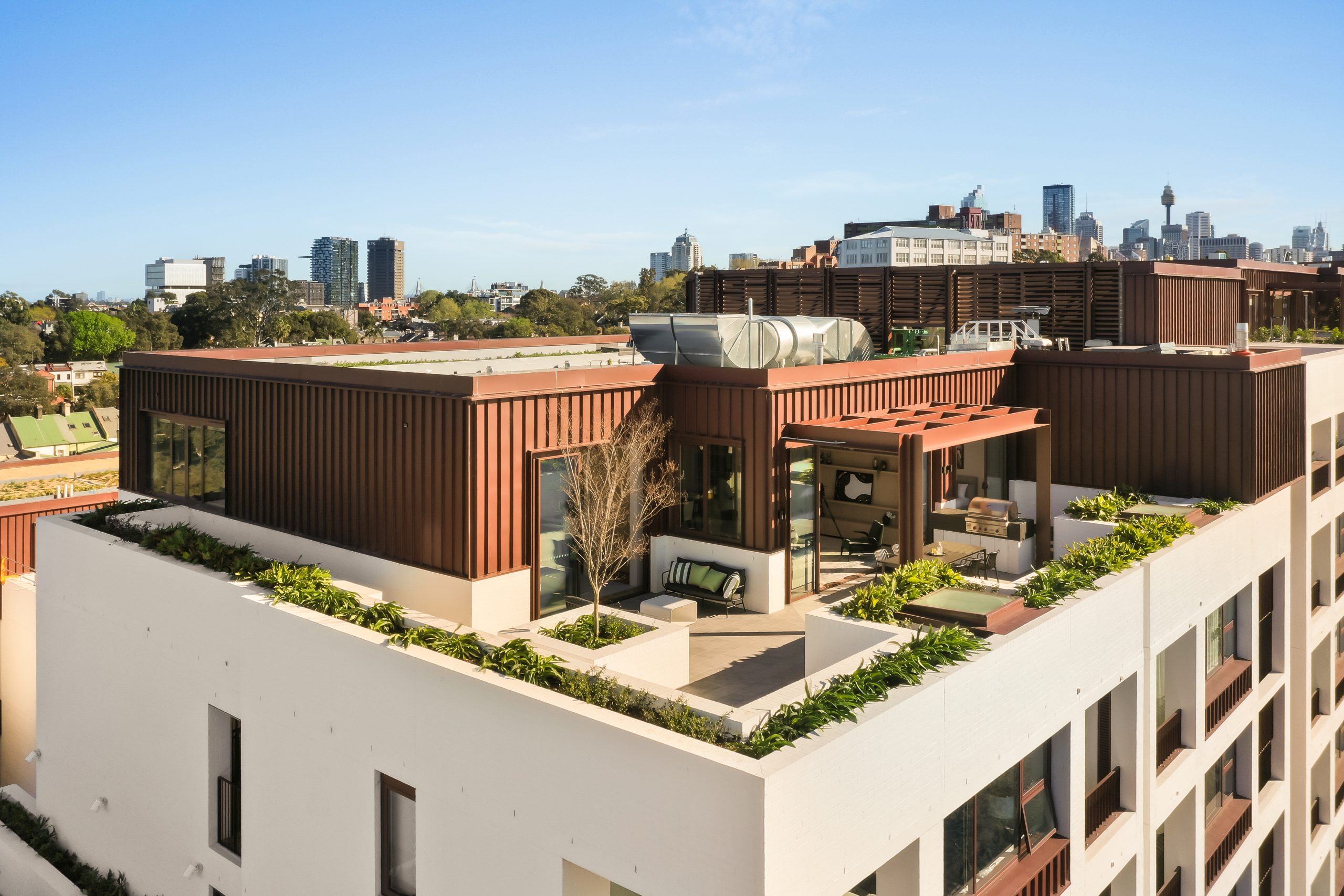The magic formula drawing residents back to the heart of Melbourne
In a post COVID market buyers are falling in love with Melbourne’s inner circle once again
People fled Melbourne’s inner suburbs as the pandemic lockdowns dragged on, but two years on, the allure of city fringe life, work and play is proving irresistible.
Convenience, low maintenance environments, less commuting, sustainability, and accessibility by public transport, cycling, or walking to work as well as access to study, food, culture, parks and health services are on the wishlist for people looking to live in the inner city.
For my stories like this, order your copy of the summer 2024 issue of Kanebridge Quarterly magazine.
Melbourne’s inner city suburbs cling to the Hoddle Grid, the 1.6km by 0.8km area laid out to form the central activity area in early 1837 and is among the most desirable locale. Suburbs include Fitzroy, South Melbourne, Carlton, Collingwood, and Abbotsford. Richmond, East Melbourne and South Yarra are bordered by extensive parkland running from the Fitzroy Gardens, through to Yarra Park incorporating the MCG and across the Yarra River to the Domain Gardens. Belle Property partner Sam Fenna, specialising in premium city apartments, says there is an uplift in people who sold up during the pandemic, wanting to return.

“Some of them had coastal homes or in regional Daylesford and Trentham and we did see a peak of moves during the pandemic,” Fenna says. “A lot of them had boltholes in the city worth $2 million to $3 million and they sold up and went.
“They are starting to come back, saying they miss the action and want something back in the city.
“It’s places like Flinders Lane and all those little pockets of the city.”
Earlier this year, he inked a deal on a London townhouse inspired renovation for just under $2m to a country buyer looking for a city pad with a garage.

Some of the more popular inner ring suburbs include Fitzroy and Carlton to the north of the city and Richmond and Cremorne to the east. Cremorne, formerly home to Bryant and May matches and Rosella sauce factories as well as the rag trade, has now been dubbed Silicon Yarra and is home to tech giants like Tesla, Seek among others. Employees want to live nearby.
Cremorne and Richmond, known as “Struggletown,” are close to the Melbourne Cricket Ground and Rod Laver Arena, beloved by many sports loving Melburnians.
One measure of popularity is the “walkability” of a suburb, allowing residents to perform daily tasks on foot. Walk Score rates inner suburbs like Carlton as a “walkers’ paradise” followed by Fitzroy, Fitzroy North, Melbourne, St Kilda, South Yarra, East Melbourne and South Melbourne. Victoria Walks, a health charity advising governments and business on increasing walking participation, says the cost savings of living in a “walkable” community are overlooked.
“The ability to choose walking over driving to get to places is priceless,” Victoria Walks executive director Dr Ben Rossiter says.
“It’s better for your hip pocket, for your health and the environment.
“Walking in your neighbourhood is important for building a sense of community connection.”

But not all inner suburbs are created equal, and he suggests anyone looking to buy or rent should spend time walking around the streets to see what they offer and what businesses, services and public spaces the area provides.
Rossiter says lockdowns highlighted the importance of having green space close to home.
“Inner Melbourne is blessed with parks and waterway walks,” he says. “But consider whether you will have to negotiate busy roads to access them. Noisy traffic and long crossing times can be a major disincentive to walk somewhere regularly.”
Also keep in mind that popular suburbs don’t necessarily have thriving shopping strips.
Fitzroys Real Estate 2023 Walk the Strip says the stretch between Lennox and Church streets on Richmond’s Bridge Road is the worst performer with vacancies at 15.5 percent, up from 11.7 percent last year.
Yet, a few blocks away Gourmet Traveller Chef of the Year Thi Le runs two successful restaurants.
Davidson Property Advocates chief executive Tonya Davidson says the inner suburbs of Melbourne are a mixed bag and demand from buyers often depends on price point.
“What we are finding is an interest in high-end apartments. There are overseas people coming back into the market,” she says.
These include buyers with Foreign Investment Review Board approval as well as expats.
Davidson says while inner ring suburbs will always be popular, people are seeing value in the north, just past hip Carlton and Fitzroy to Brunswick and Coburg.
“East Melbourne will always be desirable due to position, transport and access to sporting facilities,” Davidson says. “It is popular with the business and medico demographics.”
It has a median house price over the past year of $3,340,000 for houses and $750,000 for units, reflecting a mix of high-end properties and legacy of smaller units. She agrees that a walk score is important for some inner-city buyers. But that’s not the case for everyone.
Belle Property’s Fenna says while there is an uptake in car sharing, many of his buyers still want access to parking.
Many of these are “lock up and leave” residents who don’t want the big garden but still want to be able to hop in their own car, he says.
This stylish family home combines a classic palette and finishes with a flexible floorplan
Just 55 minutes from Sydney, make this your creative getaway located in the majestic Hawkesbury region.
A Sydney site with a questionable past is reborn as a luxe residential environment ideal for indulging in dining out
Long-term Sydney residents always had handful of not-so-glamourous nicknames for the building on the corner of Cleveland and Baptist Streets straddling Redfern and Surry Hills, but after a modern rebirth that’s all changed.
Once known as “Murder Mall” or “Methadone Mall”, the 1960s-built Surry Hills Shopping Centre was a magnet for colourful characters and questionable behaviour. Today, however, a $500 million facelift of the site — alongside a slow and steady gentrification of the two neighbouring suburbs — the prime corner property has been transformed into a luxury apartment complex Surry Hills Village by developer Toga Group.
The crowning feature of the 122-apartment project is the three-bedroom penthouse, fully completed and just released to market with a $7.5 million price guide.
Measuring 211sqm of internal space, with a 136sqm terrace complete with landscaping, the penthouse is the brand new brainchild of Surry Hills local Adam Haddow, director of architecture at award-winning firm SJB.
Victoria Judge, senior associate and co-interior design lead at SJB says Surry Hills Village sets a new residential benchmark for the southern end of Surry Hills.
“The residential offering is well-appointed, confident, luxe and bohemian. Smart enough to know what makes good living, and cool enough to hold its own amongst design-centric Surry Hills.”
Allan Vidor, managing director of Toga Group, adds that the penthouse is the quintessential jewel in the crown of Surry Hills Village.
“Bringing together a distinct design that draws on the beauty and vibrancy of Sydney; grand spaces and the finest finishes across a significant footprint, located only a stone’s throw away from the exciting cultural hub of Crown St and Surry Hills.”
Created to maximise views of the city skyline and parkland, the top floor apartment has a practical layout including a wide private lobby leading to the main living room, a sleek kitchen featuring Pietra Verde marble and a concealed butler’s pantry Sub-Zero Wolf appliances, full-height Aspen elm joinery panels hiding storage throughout, flamed Saville stone flooring, a powder room, and two car spaces with a personal EV.
All three bedrooms have large wardrobes and ensuites with bathrooms fittings such as freestanding baths, artisan penny tiles, emerald marble surfaces and brushed-nickel accents.
Additional features of the entertainer’s home include leather-bound joinery doors opening to a full wet bar with Sub-Zero wine fridge and Sub-Zero Wolf barbecue.
The Surry Hills Village precinct will open in stages until autumn next year and once complete, Wunderlich Lane will be home to a collection of 25 restaurants and bars plus wellness and boutique retail. The EVE Hotel Sydney will open later in 2024, offering guests an immersive experience in the precinct’s art, culture, and culinary offerings.
The Surry Hills Village penthouse on Baptist is now finished and ready to move into with marketing through Toga Group and inquiries to 1800 554 556.
This stylish family home combines a classic palette and finishes with a flexible floorplan
Just 55 minutes from Sydney, make this your creative getaway located in the majestic Hawkesbury region.























